Joining a gym for the first time - how to make it less daunting
Joining a gym doesn’t need to be overwhelming. Our experts walk you through everything you need to know before signing up.

Joining a gym doesn’t need to be overwhelming. Our experts walk you through everything you need to know before signing up.

Joining a gym can not only be a good way to improve your health and fitness, but a great social activity too.
However, the very thought of signing up can be overwhelming if you’ve not done it before. From knowing which gym to join, to trying to decide what classes you should try, gym membership can be a bit of a minefield.
To help you navigate it all, we’ve put together a handy guide to joining a gym for the first time, with expert advice so you know what to expect.

There are many different types of gyms, and it’s worth doing your research to see what’s available in your local area. You might also like to ask family or friends if they would recommend one.
Across the country there are many gym chains, such as Pure Gym, The Gym Group, or Anytime Fitness.
These usually offer relatively low-cost membership, with some also giving 24-hour access. These types of gyms are useful if you know what you’re doing and just want to go and work out.
They will also offer personal training options as well as classes, either virtually (where it plays on a screen with you in the room) or in-person.
At a slightly higher price point are chains such as Nuffield or David Lloyd. These tend to offer better facilities and, in most cases, a pool as well. Classes are usually taught in-person, which is helpful if you’re new to exercise since you get a more tailored form of instruction.
These gyms often have cafes attached too, so going to the gym becomes a much more social activity.
These gyms often cater for the whole family and have extra facilities such as football pitches, netball or tennis courts. Classes will be varied, from learning taekwondo, to taking up badminton and the usual aerobics offerings.
All this variety means the centre is likely to be busier, but that also brings diversity of members.

Ultimately, what’s right for you is a personal choice. If you’re looking for a place where you could go to the gym twice a week and join a football team, a council leisure centre might be right.
However, if you want to enjoy a leisurely swim with your partner followed by a nice lunch, look at one of the higher- end private gyms.
Once you’ve decided which gym you want to join, there are many ways to sign up. It’s always a good idea to look at the gym's website first, to find exactly what type of membership you want.
Many gyms offer different options, such as off-peak membership (cheaper if you’re able to use the gym at quieter times) and deals for the over-fifties, and those joining only for the classes or to swim. Armed with this knowledge, you can then either sign up online, over the phone, or by calling into the centre.
As well as supplying contact and payment details, you’ll also be asked to fill out a PAR-Q form – a physical activity readiness questionnaire.

This is standard practice and means the centre has a note of any pre-existing medical conditions or injuries. It covers both you and them in case of an accident or medical emergency and helps tailor any exercise programme to your specific needs.
It’s important you disclose anything that might affect your ability to exercise, such as high blood pressure, an old knee injury, or asthma.
You won’t be penalised in any way; the gym isn’t going to refuse your membership, but the staff need to know how to help you best.
Alastair Crew, head trainer for David Lloyd, explains: “It’s important to disclose medical or injury considerations. "This is not just for your own safety, but also to allow your instructor or trainer to personalise and adapt the workout for your needs, making it a safer, more inclusive workout. "And of course, a positive experience will encourage you to return and keep consistent.”
If you’re going to be using the gym area, then after signing up you’ll be asked to book an induction. This is so a member of staff can show you how to safely use all the equipment. Allow around half an hour to an hour for this, depending on the size of the gym.
You’ll be taken around every piece of equipment, shown how it works, and you might get the chance to try it out, too.

This is a great opportunity to ask questions, such as what a certain machine is good for, or what muscles it works. If you have specific goals, like wanting to lose weight or tone your arms, the gym staff can say what equipment would work best for you.
Many gyms will also offer a free programme service, giving you a workout template to follow. This can be especially useful when starting out, as it gives you a solid foundation from which to branch out.
Going to a fitness class is a good way to boost confidence and meet new people.
“When you join a gym there’s a whole host of options available,” Crew says. “Just like a restaurant menu, there may be certain things that appeal to you and others that don’t.
"I would recommend speaking to an expert in your club who can provide guidance on which activities are most suitable for you.”
When you sign up, ask what they’d recommend you try, and do try as many as you can.
There’s likely to be a wide variety on offer, but broadly speaking most gyms offer a good mix of dance fitness classes (such as Zumba or step aerobics), strength training (circuits, pump, kettlebells), cardio (spin, HIIT) and more relaxing classes like yoga, Pilates or tai chi.

Some gyms, like Nuffield, will have branded classes, such as Les Mills Bodypump or Combat, while others may have classes specific to them.
David Lloyd gyms have Blaze, for example, where participants wear a heart rate monitor for a high intensity workout. Don’t forget to look out for aqua classes if your gym has a pool. These are a great low impact fitness class choice.
When you go to a class for the first time, it’s a good idea to introduce yourself to the instructor and say you’re new. They’ll be able to give more insight into what to expect from their class and answer any questions you might have.
Depending on the class, they might assign you a buddy to partner with or stand next to, which is great if you’re nervous or unsure.
The equipment can perhaps seem the most overwhelming part of joining any gym. As a former gym manager, I have watched many people sign up and then just use the treadmill. Whilst there’s nothing wrong with that, there’s so much more on offer. Machines in the gym will either be cardio or strength based.
For cardio, as well as treadmills you can expect to find:
If you’re new to fitness, keep at a reasonable pace on these machines to start, and gradually increase speed and distance..
Strength training machines can look complicated, but once you’ve got to grips with them, you’ll soon feel the benefits.
Most work either the upper or lower body and the beauty of machines is they keep you safe, often enabling you to lift more weight than you could if you did the same exercise with dumbbells.

Depending on the time you have across the week, you can either divide your sessions up into strength or cardio, or you can mix the two within the same workout.
Try and include some compound movements – ones that use lots of muscles at once – such as squats or deadlifts, and increase repetitions or weight as you progress to keep seeing results.
Just remember: a good gym workout is, most importantly, one you enjoy.
Almost all gyms offer a personal training service. You’ll have to pay extra for this, but it’s worth doing if you have specific goals in mind or are unsure what to do.
A personal trainer (PT) will most likely be working on a self-employed basis, so expect to answer another PAR-Q, for them have your details on file. They will work with you to build a programme specific to your abilities and needs.
This is a more personal approach than attending a group class, which is why you pay a premium for it.

Depending on which gym you join, there may be many added extras to enjoy. From sports teams to walking groups – some gyms even run book clubs in their cafes, or quiz nights. Getting fit is just one benefit of attending a gym; the social and wellbeing aspect is another. You can join in with as much or as little as you like, and get fit while doing so.
Becky Fuller is a fully qualified Personal Trainer, specialising in strength and conditioning for over 50s. Becky’s focus is helping people to become stronger both in body and mind, and to move well without pain.
Becky also has many years’ experience working as a freelance journalist.

Personal trainer Louise Arnold reveals the expert exercise tips to support longevity.

As the cost of weight-loss injections rise, what are the alternatives? Experts offer advice on the best and safest ways to shed pounds.
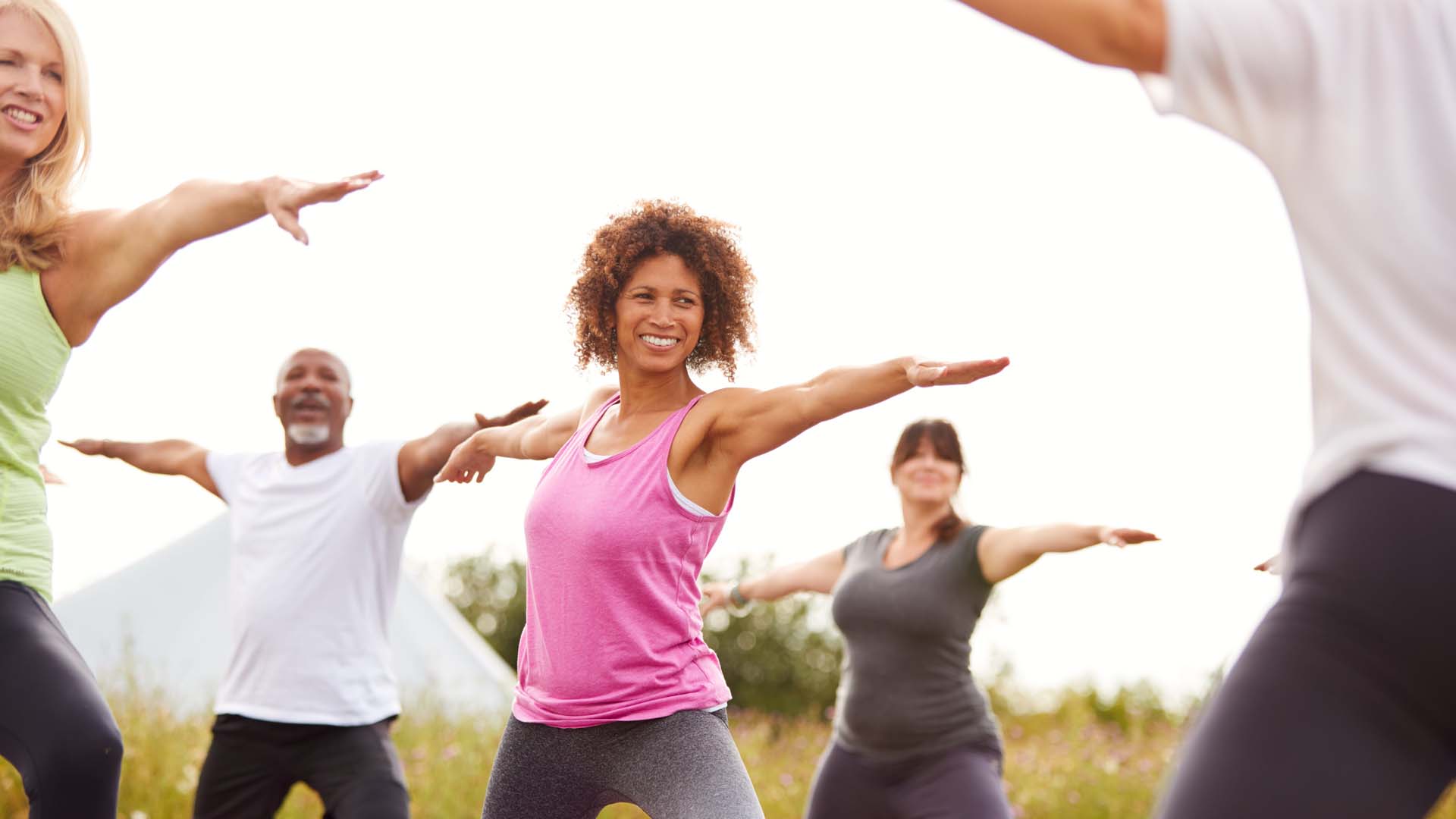
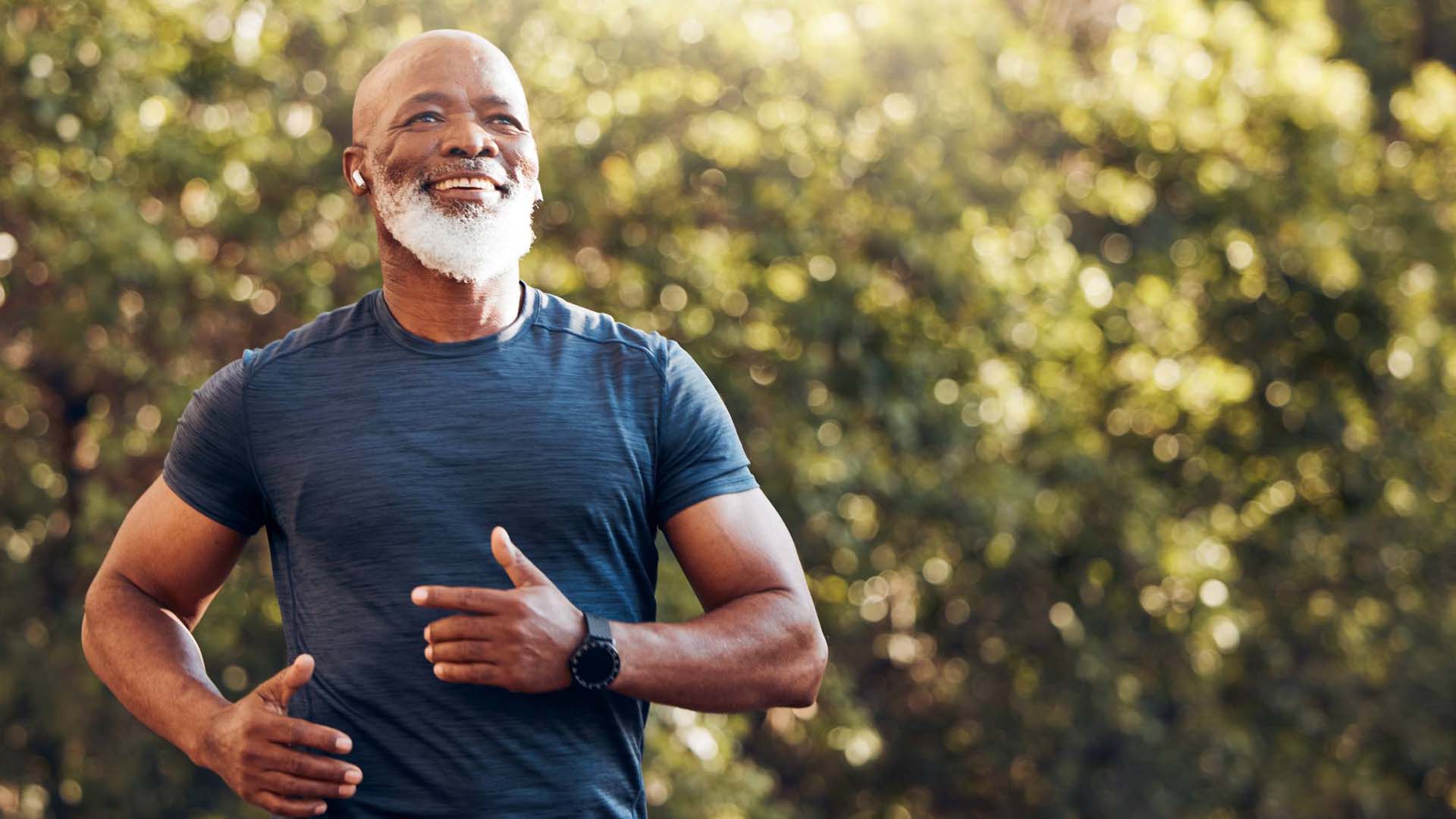

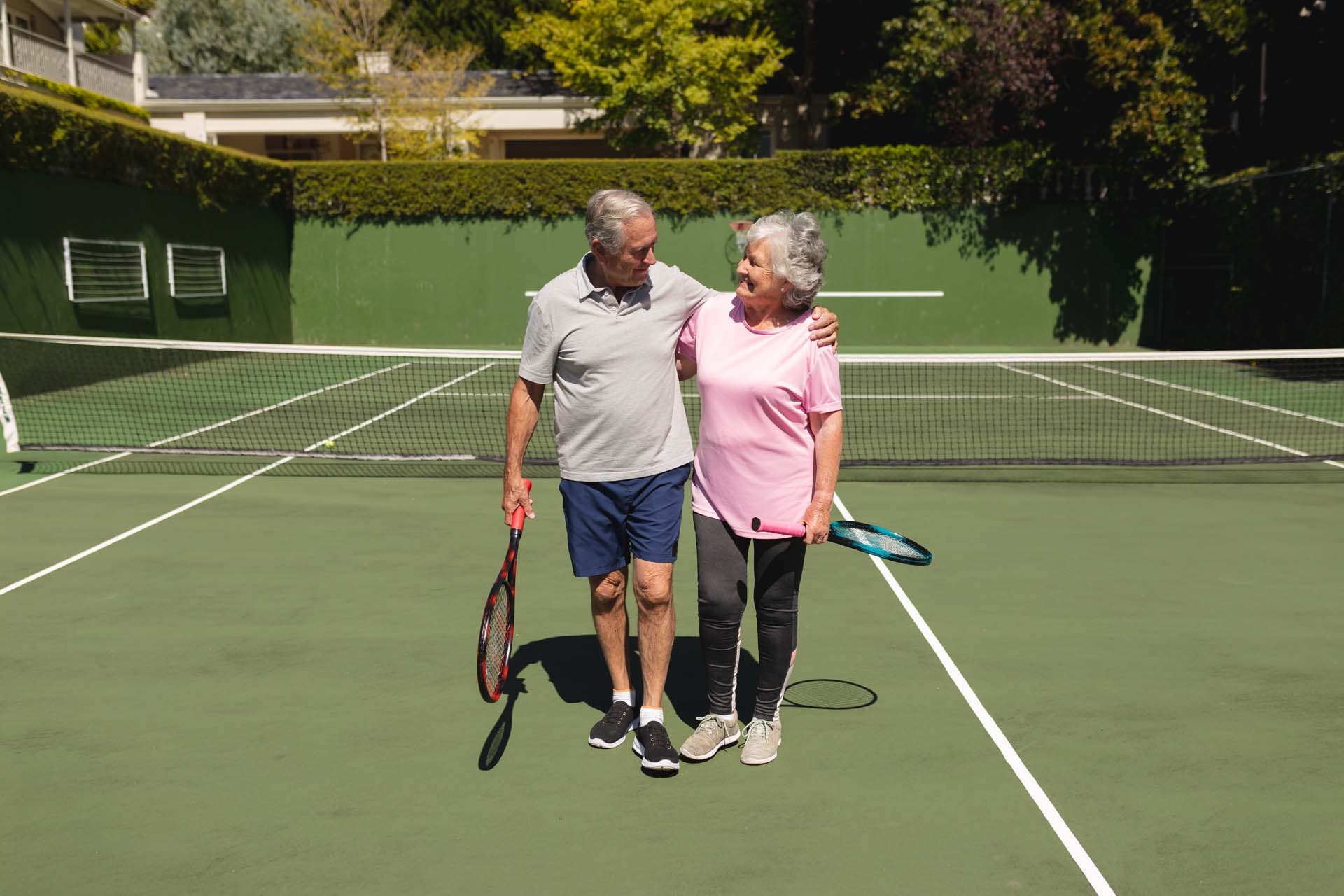
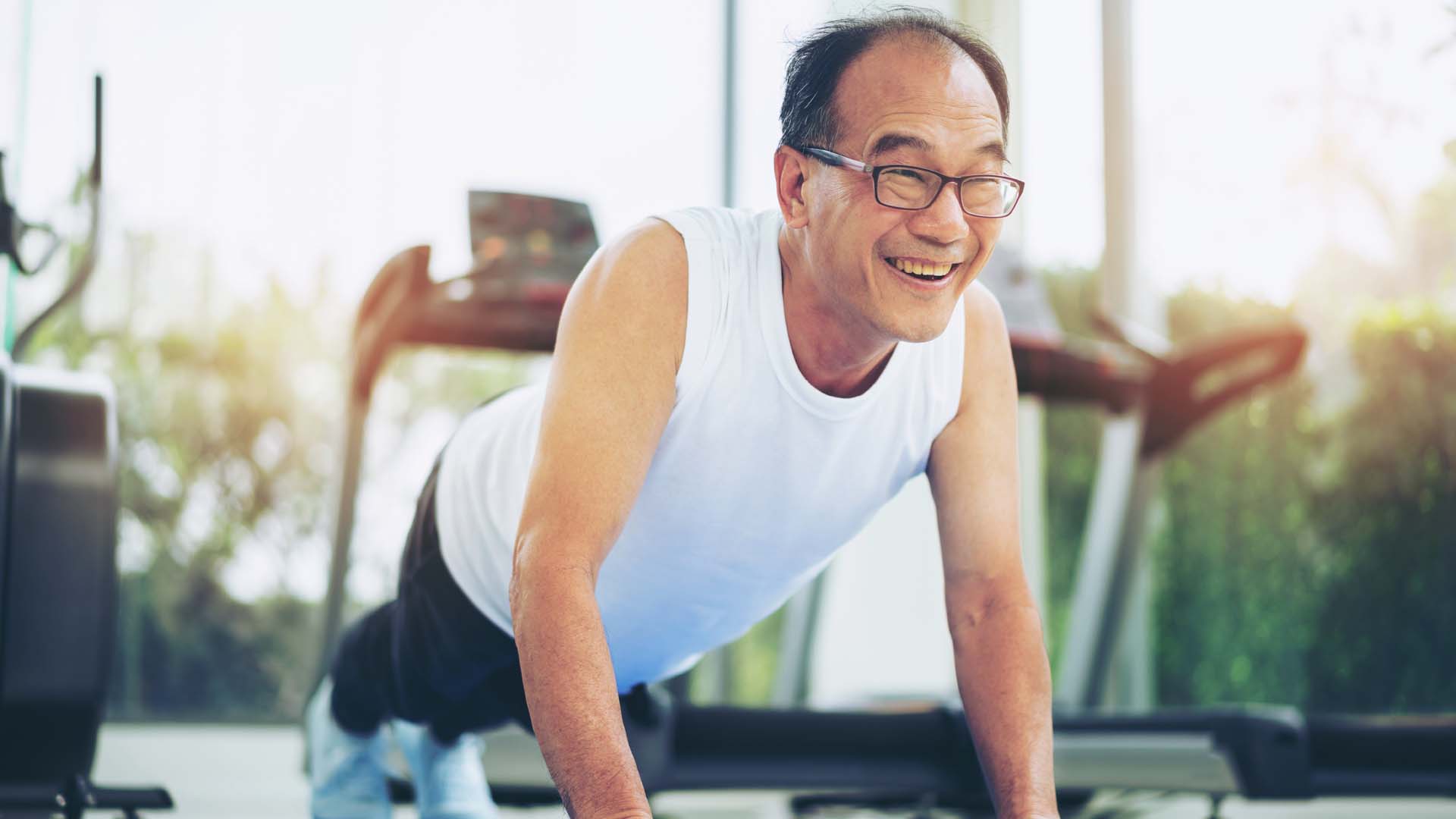
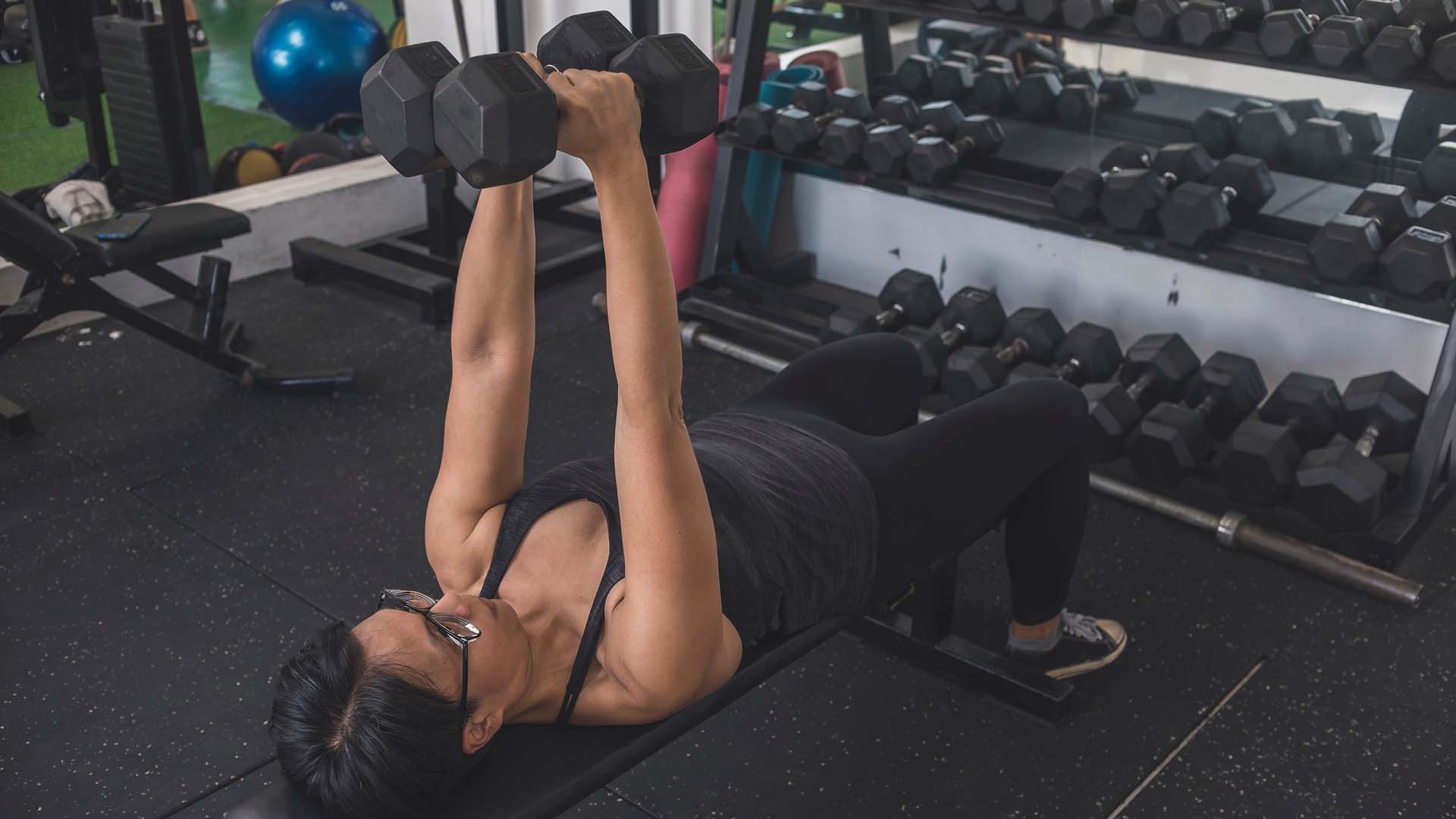
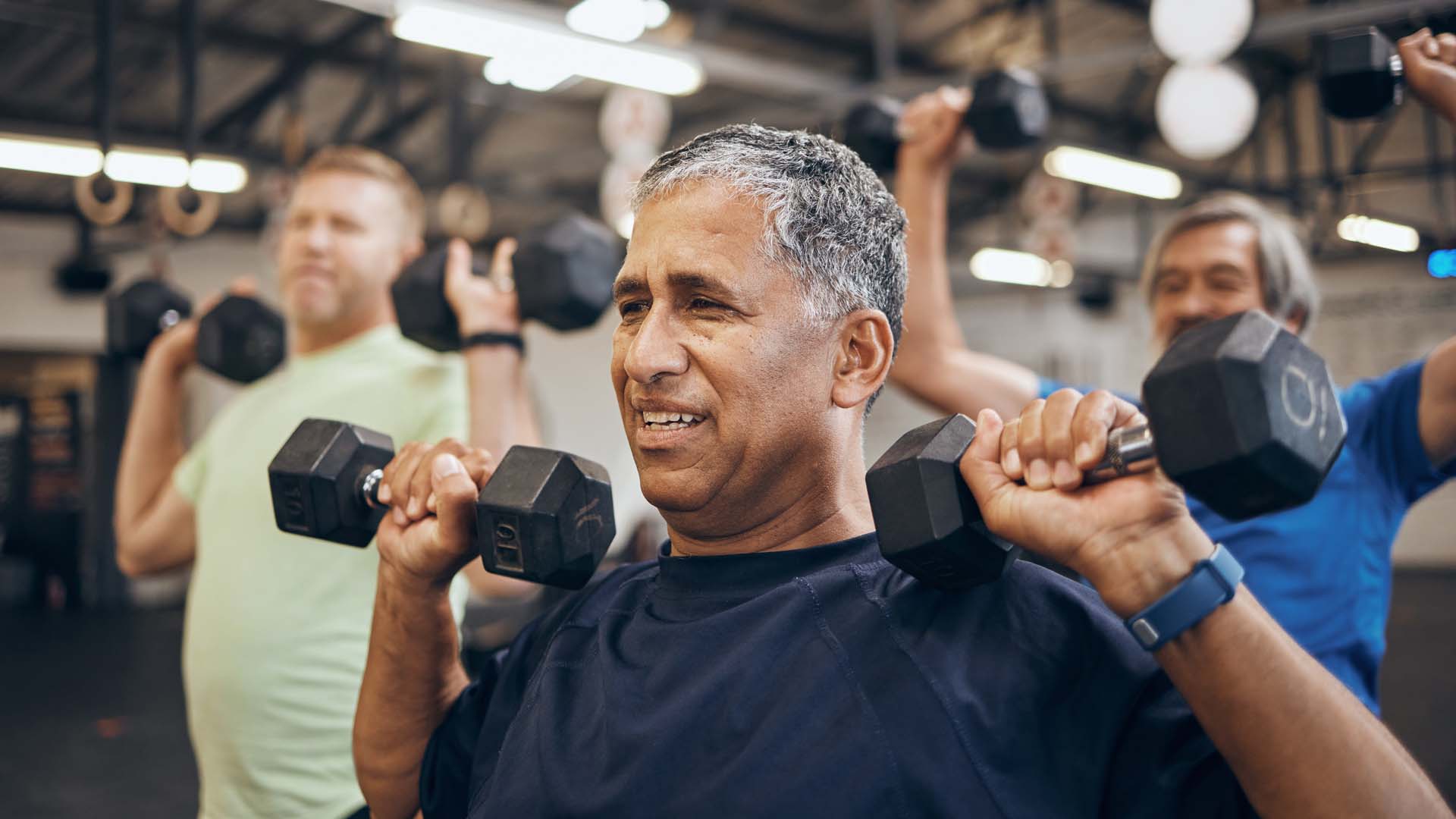
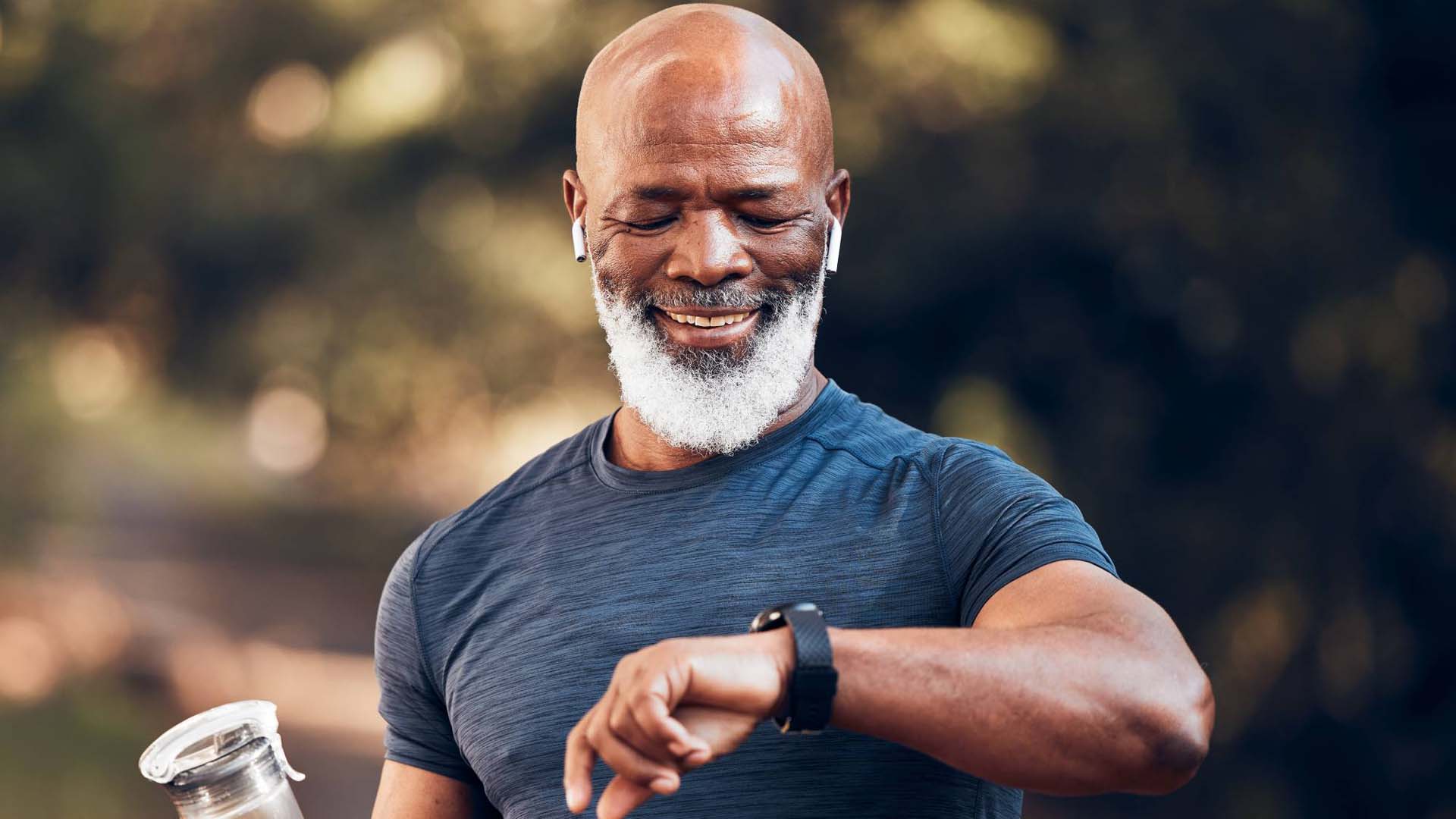
Your questions answered about what really is a good 5k time.
